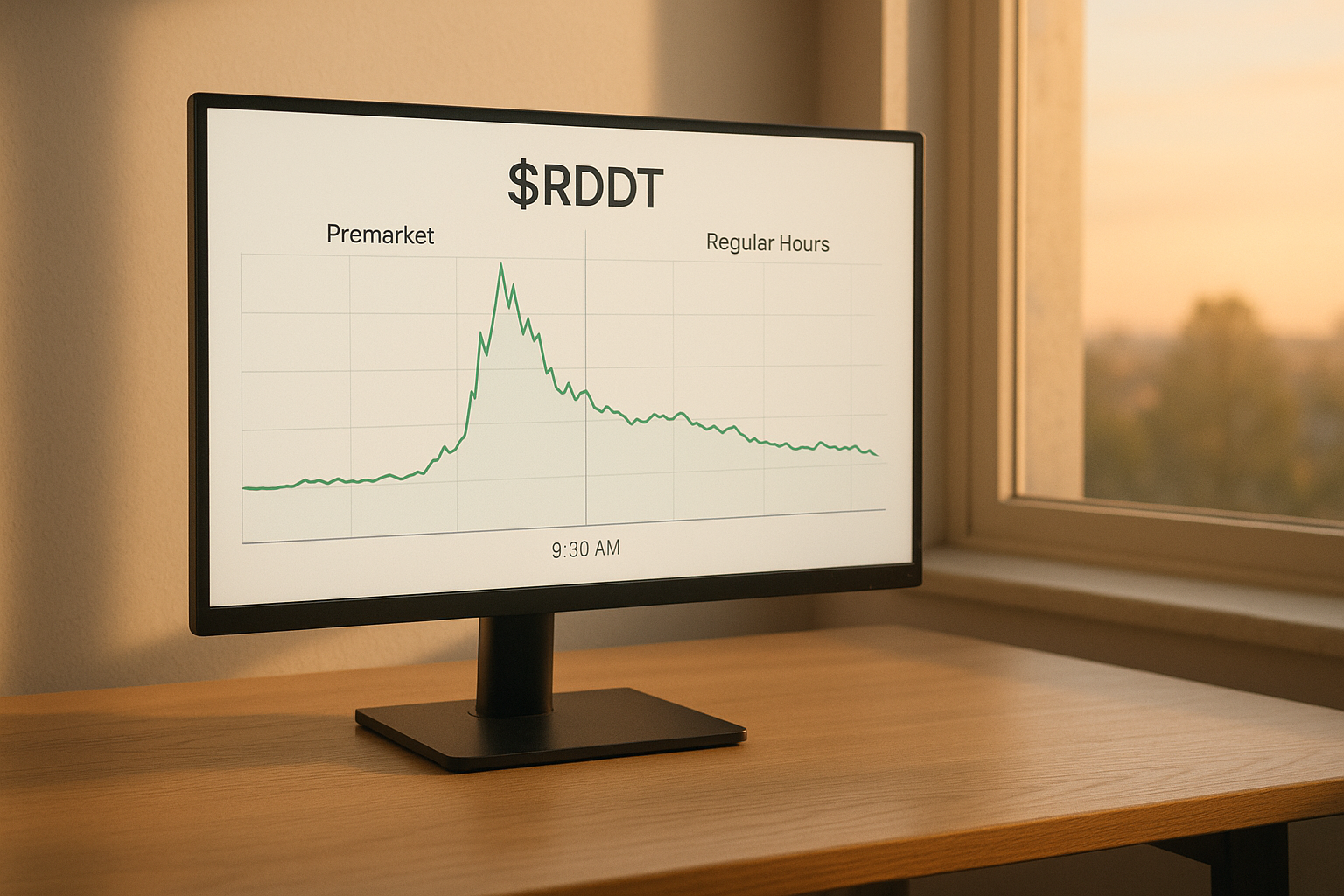Wall Street's having a moment. The S&P 500 just pulled off something we haven't seen since November 2004—nine consecutive days of gains. Back then, George W. Bush was securing his second term, "social media" meant passing notes in class, and Apple was still primarily a computer company making colorful iMacs.
I've covered market movements for years, and these extended rallies are about as common as fund managers admitting they have no idea what's going to happen next. Which is to say, rare.
What's driving this particular streak? Well, it's a cocktail of factors. China's throwing olive branches regarding trade talks (after years of both sides hurling tariffs at each other like diplomatic hand grenades), and Friday's jobs report hit that economic sweet spot—strong enough to show health, not so hot that it triggers inflation panic.
It's like finding the perfect temperature on your shower dial. Not freezing, not scalding—just right.
Look, the timing here matters. The market's been flirting with seven- and eight-day winning streaks over the past couple decades, but that ninth consecutive green candle has remained frustratingly out of reach. Until now.
Something I call "momentum psychology" seems to be at work. When markets start stringing together good days, institutional investors who initially sat on the sidelines begin constructing elaborate justifications for jumping in. Nobody—and I mean nobody—wants to be the portfolio manager explaining to clients why they missed a historic rally.
Tech stocks have been the big winners, jumping 1.7%. (No surprise there, given their global supply chain exposure.) These companies sneeze when trade tensions flare up, so naturally they're doing cartwheels at the first hint of détente.
What's particularly interesting—having watched markets react to news for longer than I care to admit—is how this rally challenges conventional wisdom about price action. Markets typically tumble faster on bad news than they climb on good news. But sometimes, when positive developments arrive after extended periods of pessimism... well, the opposite happens.
The whole situation reminds me of what a hedge fund manager once told me over drinks in Midtown: "Markets are like stretched rubber bands. The longer they're pulled in one direction, the more violently they snap back when released." Not exactly Nobel Prize-winning economic theory, but there's truth there.
Historically speaking, these rare nine-day streaks tend to signal something beyond random chance. They often—not always, but often—mark meaningful shifts in market sentiment or economic conditions.
What happens next? That's the million-dollar question (or trillion-dollar, given current market caps). Historical patterns suggest some consolidation typically follows streaks of this duration. But markets, like rebellious teenagers, love nothing more than defying expectations.
The real test will come with the next batch of not-so-great news. Will investors shrug it off or use it as an excuse to take profits? That reaction might tell us whether this is just a streak or something more durable.
In the meantime, investors might do well to remember that rare market events sometimes (though not always) signal regime changes rather than mere statistical outliers. When patterns break that have held for decades, it's worth considering what fundamental shifts might be occurring beneath the surface.
After all, a market that can maintain its composure—and then some—for nine straight sessions might be telling us something important about economic resilience that transcends the daily noise.
Or maybe it's just having a really good week... followed by another good week. Sometimes a streak is just a streak.




